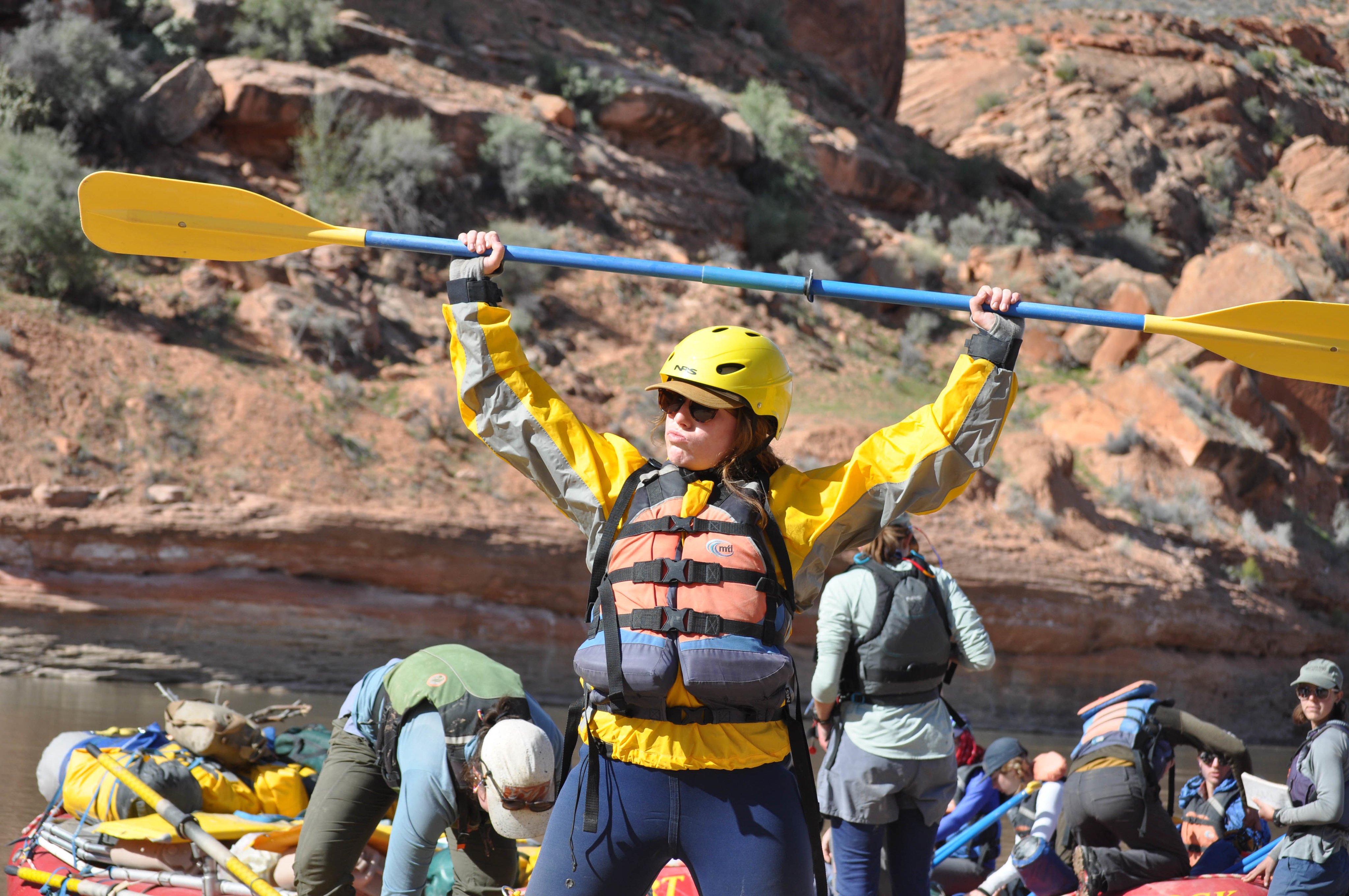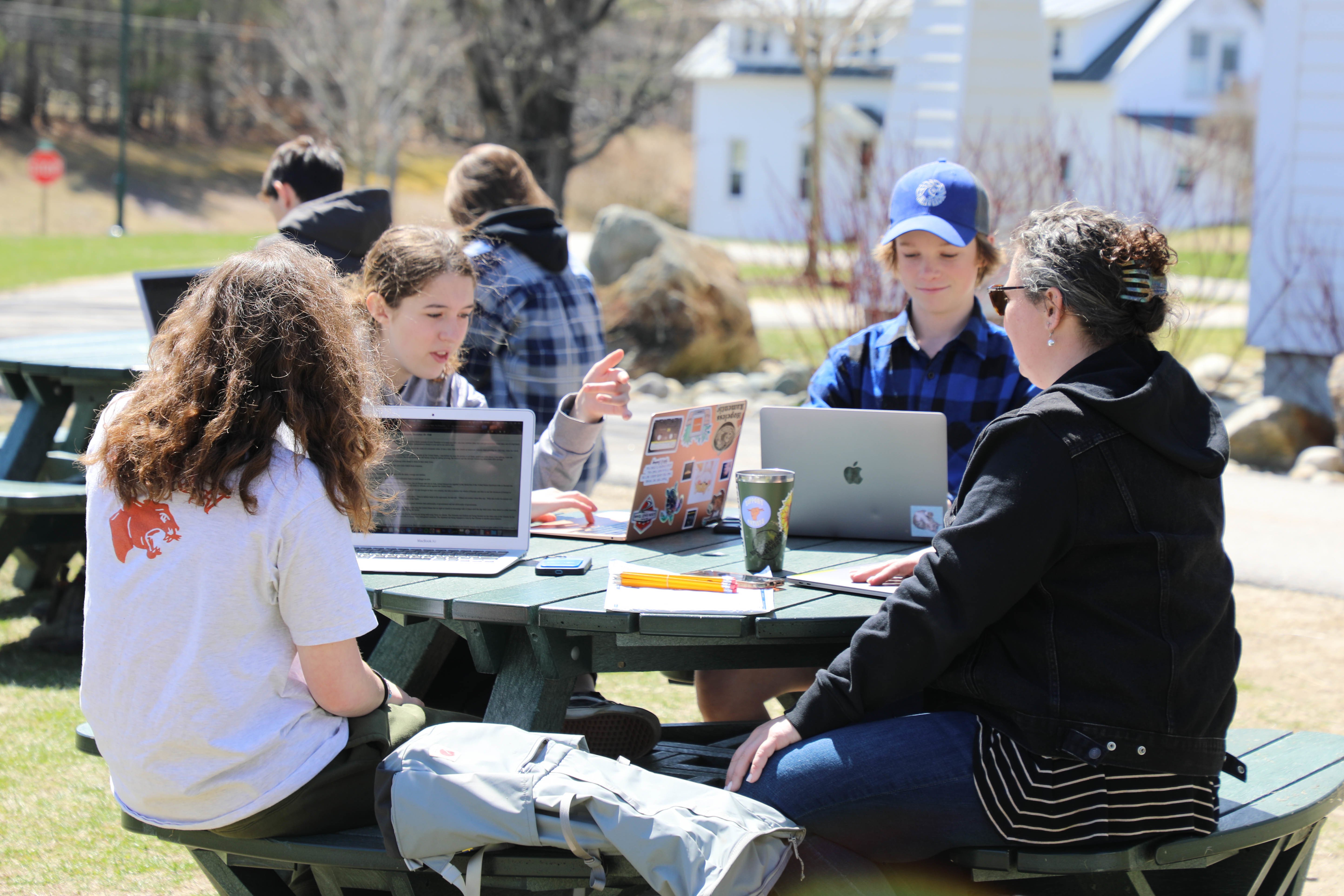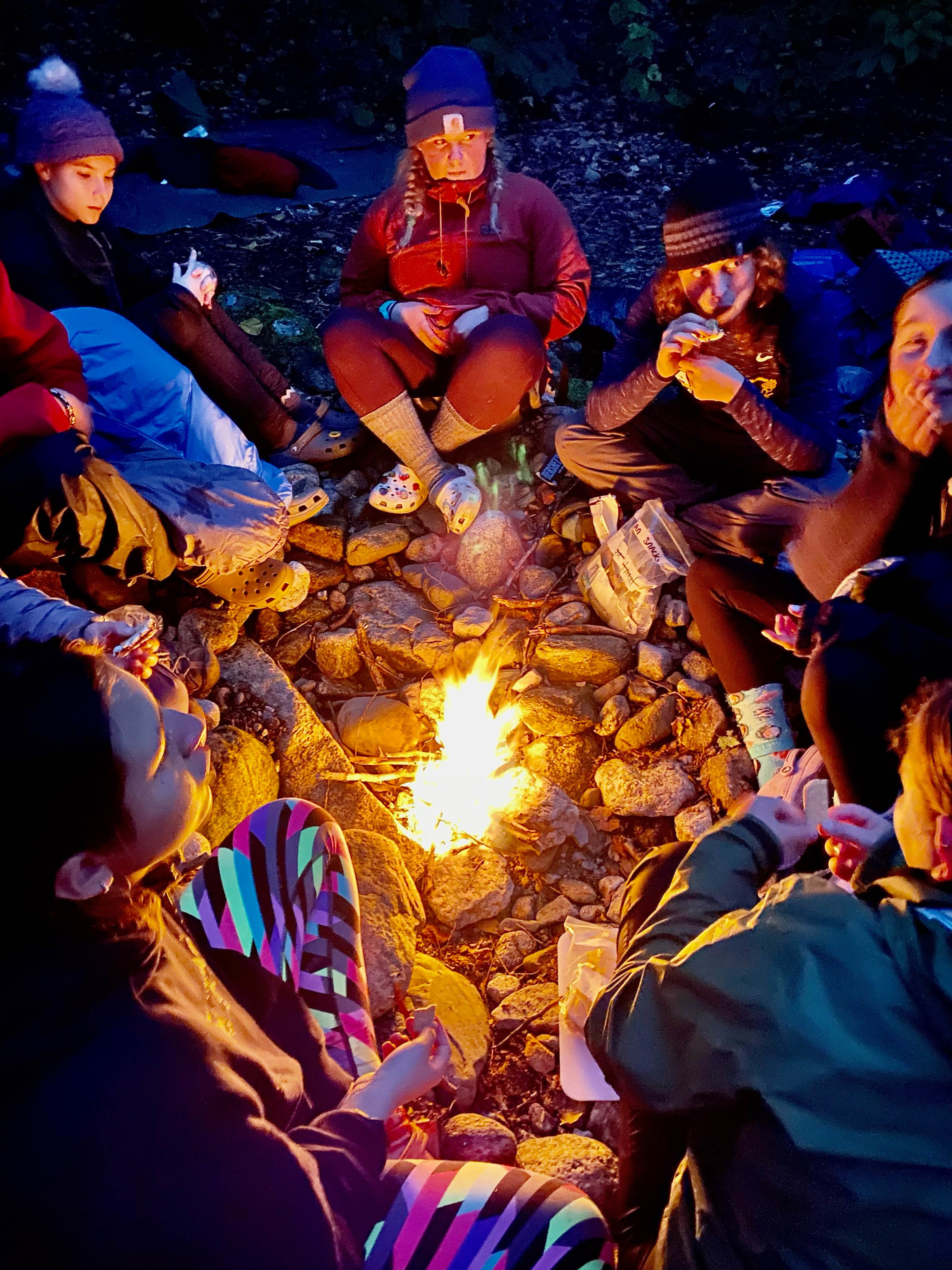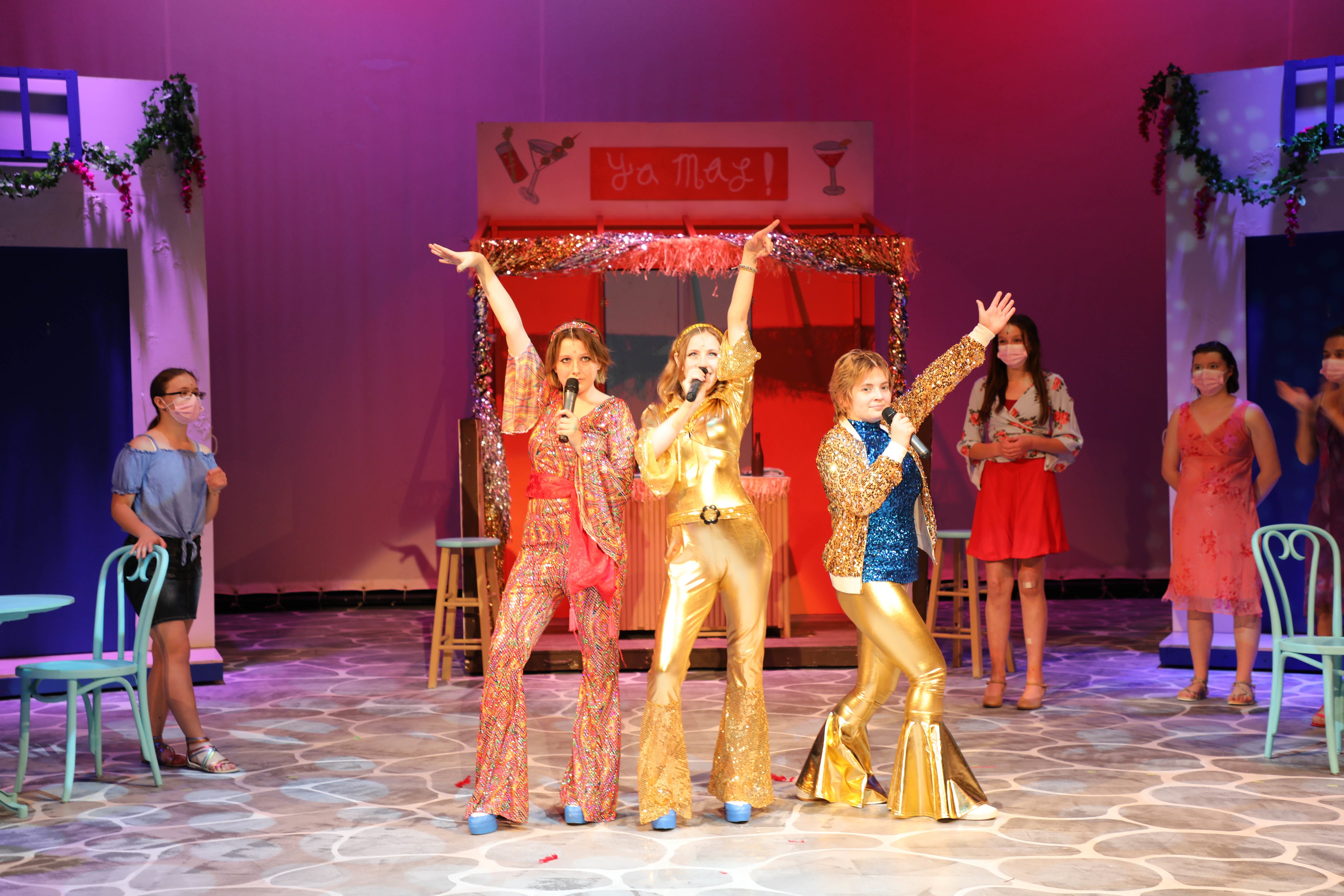The intersection of big, tough issues facing society, perfectionism projected into the lives of adolescents through social media and parental expectations, and a desire to support students through the COVID-19 pandemic has created an environment in our schools where we must delicately balance student well-being and expectations. How do we authentically manufacture adversity for young people who live in a world that seeks to shelter them from it?

Last week, as a part of Proctor’s Strategic Visioning process, we surveyed students in their English classes. One of the questions asked students what they believed were the biggest challenges facing adolescents today. Many of the responses listed some combination of social media, substance, and mental health. These were the responses we expected and have designed intentional programming in our dorms, wellness seminars, and advisories to combat. One response, however, jumped off the spreadsheet to me: “The biggest challenge I see is adults who coddle adolescents…instead of giving us realistic expectations so we can experience adversity.” Perhaps an outlier among their peers, this comment serves as an insightful offering to which we must listen, a critical lens through which we must evaluate our teaching, learning, mentoring, and crafting of community.

Societies have a tendency to over-rotate around polarizing issues. As schools, we can easily fall into a similar pattern of allowing our attention to pinball to the newest shiny object or headline. Over the last two and a half years, a perfect storm of both really significant social issues and shiny objects has been brewing. Like the most powerful of hurricanes, it has caused a significant rotation in our lives; a systemic, disorientating swirling that has left us spinning, dizzy, and eager for the steadying presence available through face-to-face relationships within a community like Proctor.

Our role as educators is to help our students and our institutions avoid hopping on the cultural rollercoaster to which society eagerly sells tickets at a discounted price. Instead, through shared experiences and challenges, trusting relationships and accountability, rigor and support we have the opportunity to help students understand that life is complicated, hard, and beautiful all at the same time. This is why Wilderness Orientation is one of the hardest things our students do and the most memorable. Why studying off-campus is both terrifying and life-changing. Why competing in athletics can provide both incredible joy and unthinkable heartbreak. Why being challenged academically is both stressful and pride inducing. Why stepping onto the stage makes our stomach drop and our heart sore.

These diametric emotions sit at the heart of growth. We must become more comfortable, and teach our students to become more comfortable, living in the beautiful mess of adolescence because that is where the magic happens, both for them and us.








